When rice was first introduced to our family’s dinner plates in the 1980s, my dad - a big fan of potatoes - was sceptical. He thought it was new-fangled (thousands of years of cultivation by other cultures apparently didn’t count) and for some reason blamed yuppies. My dad grudgingly came to like rice, but even now, in his 80s, still thinks it’s the fault of a younger generation.
Today’s receivers of generational blame are millennials, who this week got lambasted for opting not to risk food poisoning. In a survey by Mintel, 37% of 16 to 34-year-olds said they preferred not to touch raw meat because of the risk of foodborne bugs. Sainsbury’s has responded by developing touch-free packaging that will allow consumers to ‘rip-and-tip’ chicken pieces straight into the pan without the need for handling. Cue frothing apoplexy from the perpetually outraged. Accusations of ‘snowflake millennials’ abounded.
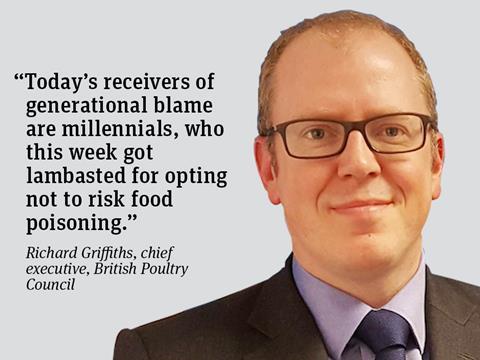
We all know that raw meat and fish can have food poisoning bugs. It says so on every pack and urges good kitchen hygiene practices such as using separate utensils and thorough washing of hands. Producers and supermarkets have been working for years to reduce the risk, and packaging has played a big part. Leak-proof and modified-atmosphere packs are now commonplace.
At the same time, we’ve seen other factors affect buying habits, including a reduction in the amount of time spent cooking, and a desire for convenience products that make cooking from scratch a little easier. Millennials are benefiting from these advances in food technology because they are a significant section of the purchasing population; young families pressed by austerity measures and an ever rising cost of housing. They want good quality food they can trust to feed a family, but with speed and convenience, and British food producers are particularly good at it.
This new packaging is an evolutionary step in a process that has been going on for a long time, one that meets consumer demands. The technology that goes into packaging is one of those public goods hidden in plain sight; the simplicity of the final product belies the work that gets it to the shelf. We all benefit from product quality, consistency and shelf life when we buy food, and as a country it allows us to plan nationwide logistics to ensure that food is available 24/7.
We should care about our relationship with food, as individuals, families and as a nation. However, this isn’t the fault of either millennials or packaging. If we want people to care then perhaps we need to think about what we want from our food and the values we hold about it. We want convenience, affordability, animal welfare, sustainability and quality. Understanding how animals are bred for food and utilising convenience products are not contradictory ideas, so here’s a notion: whether you rip-and-tip or enjoy a good fondle of your chicken chunks, think about the work that’s gone into getting you the nutritious and high quality food you’re about to put in front of your family, and appreciate the ideas that get people cooking from (almost) scratch.
Richard Griffiths is CEO of the British Poultry Council



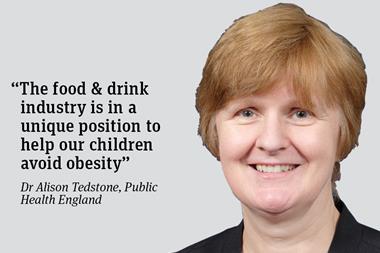
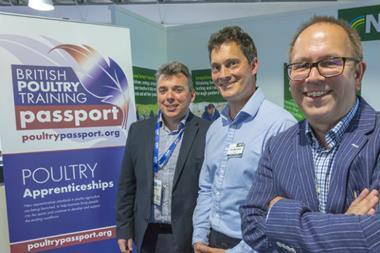


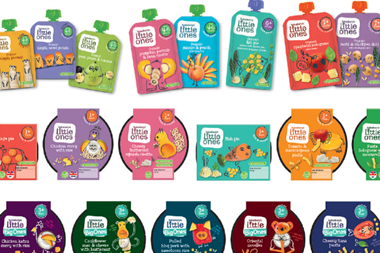




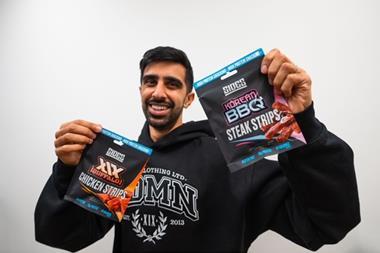
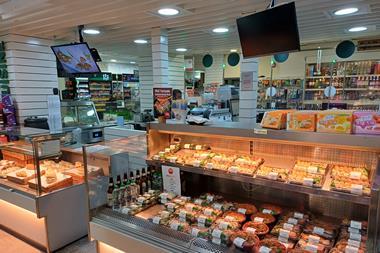

No comments yet